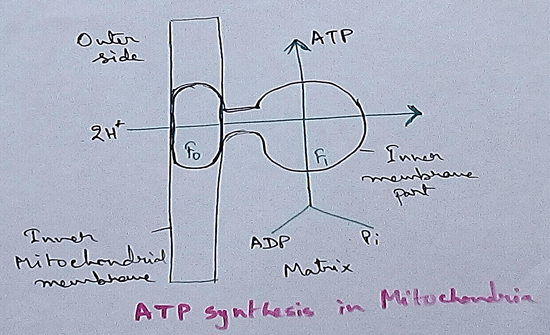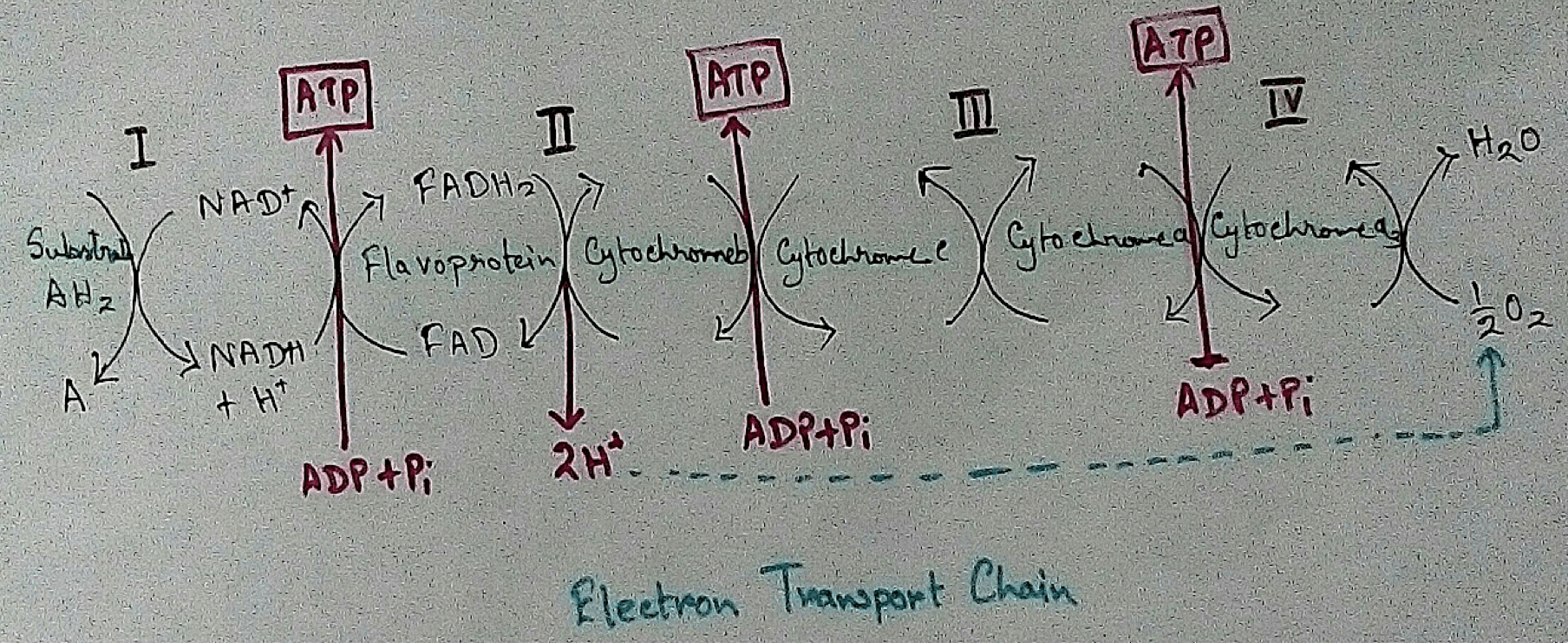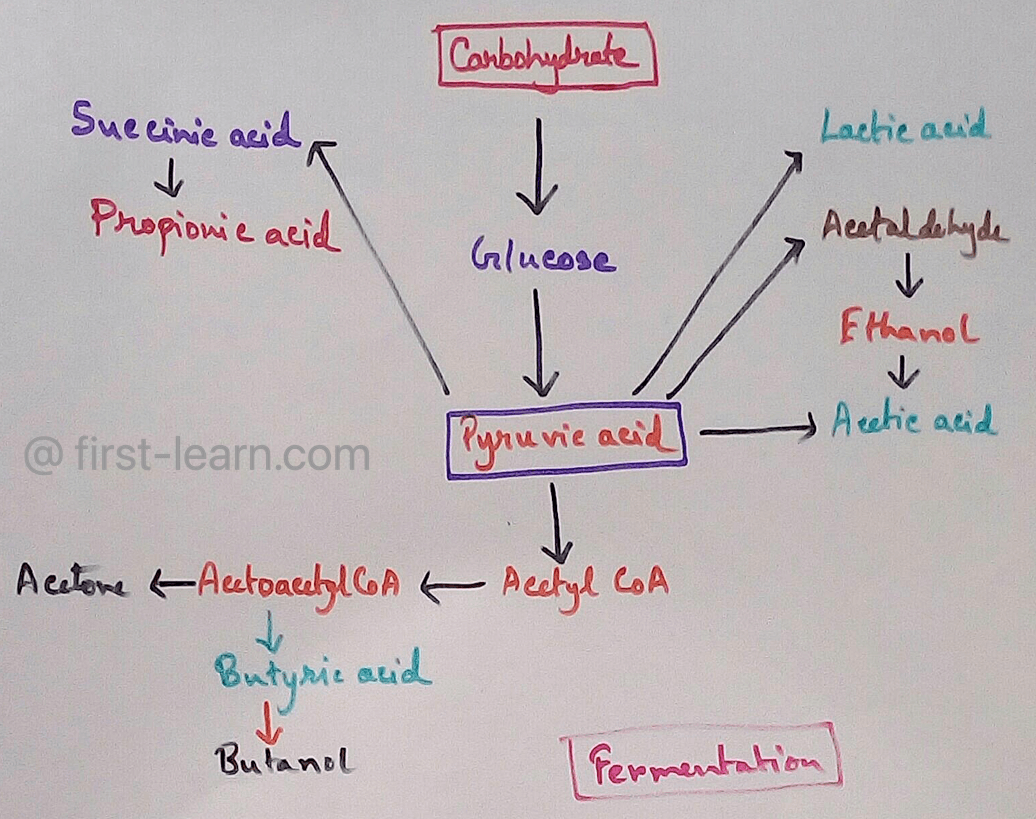Adaptation in Plants
We know plants and animals are living things. To survive they need food, water, air, shelter, the right climate and also the right type of soil too. Plants and animals live in various places.
They live in places where it is very cold as well as in places where it is hot and dry. They also live in rivers and lakes and in the salty water of the oceans.
Plants and animals living inside water should be able to breathe air dissolved in water. Those living in deserts should be able to survive with very little water.
Plants and animals living in a certain place survive by adapting themselves to the conditions of that place. Like a fish living in water has a different body structure as compared to animals living on land. Fishes have gills to breathe under water. And they cannot survive outside water because they cannot breathe outside water.
The leaves of a water lily plant that lives in water are thin and big and they float in water. They look very different from the leaves of a cactus plant which are like sharp needles. Cactus and camels can survive in deserts because they can store water in their bodies.
There are so many types of plants and animals. Each place has its own problems because of the adaptations to their surroundings. Plants and animals living in different surroundings look different too.
From Adaptation in Plants to HOME PAGE
Recent Articles
-
Respiratory Balance Sheet | TCA Cycle | ATP Consumption Process
Feb 18, 24 01:56 PM
The major component that produced during the photosynthesis is Glucose which is further metabolised by the different metabolic pathways like glycolysis, Krebs cycle, TCA cycle and produces energy whic… -
Electron Transport System and Oxidative Phosphorylation | ETC |Diagram
Feb 04, 24 01:57 PM
It is also called ETC. Electron transfer means the process where one electron relocates from one atom to the other atom. Definition of electron transport chain - The biological process where a chains… -
Tricarboxylic Acid Cycle | Krebs Cycle | Steps | End Products |Diagram
Jan 28, 24 12:39 PM
This is a type of process which execute in a cyclical form and final common pathway for oxidation of Carbohydrates fat protein through which acetyl coenzyme a or acetyl CoA is completely oxidised to c… -
Aerobic Respiration | Definition of Aerobic Respiration | Glycolysis
Dec 15, 23 08:42 AM
This is a type of respiration where molecular free oxygen is used as the final acceptor and it is observed in cell. Site of Aerobic Respiration - Aerobic respiration is observed in most of the eukaryo… -
Fermentation | Definition | Types of Fermentation | Application
Nov 29, 23 10:27 PM
Definition of fermentation- It is a process that is energy yielding process of anaerobic oxidation of organic compounds which are carried out by the enzyme action of micro organisms where neither gase…




New! Comments
Have your say about what you just read! Leave me a comment in the box below.